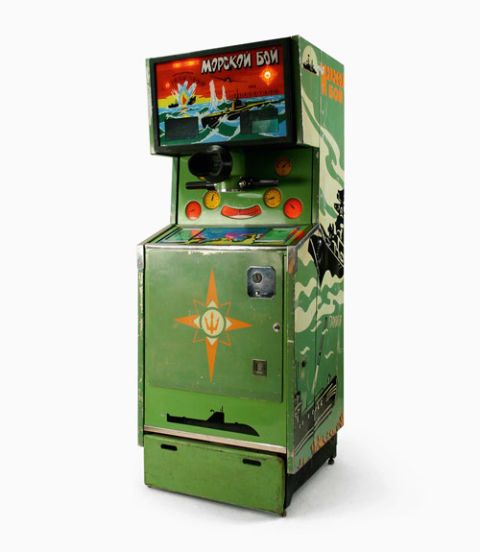



audiences can’t distinguish one Russian from the other, and know only one Russian face: Putin’s.” “Putin is not a master geopolitical genius.” How could the Russian opposition ever hope to overcome such a titan - a man who can wreck the political order in the world’s reigning superpower with the expenditure of only $100,000 on Facebook? “This image is very bad for us,” Volkov told the Times. Volkov, chief of staff for anti-Putin politician Aleksei A. If the Times, the Washington Post, CNN and most of the Democratic Party are to be believed, President Putin is a superman, “an almighty force from a James Bond saga,” said Leonid M. These “pro-Western liberals who look to the United States as an exemplar of democratic values and journalistic excellence,” as the Times describes them, are dismayed, insulted and angry at the non-stop lunacy churned out by U.S. Fixation on Election Meddling,” November 23.) corporate media’s obsession with Vladimir Putin’s endlessly alleged, but never proven, campaign to subvert “American democracy.” After a year of unrelenting anti-Kremlin propaganda, the Times briefly lifted its curtain of censorship to allow a counter-narrative on “Russiagate” – but only for one discreet group: Russian “dissidents.” (See “Why Putin’s Foes Deplore U.S. The New York Times last week opened its pages to critics of the U.S. Designed by the creator of The Russian Criminal Tattoo Encyclopedia series, the book is as much an intelligent reading book on forgotten aspects of Soviet culture as a tongue in cheek illustrated survey of an under acknowledged but prolific period in Russian design and creativity.“Pro-western Russian liberals are dismayed, insulted and angry at the non-stop lunacy churned out by U.S. Three color sections throughout the book include additional images of a selection of the objects. After an introduction from editor Michael Idov and an essay on the place of design in Soviet culture by Gary Shteyngart, the objects are presented with a short accompanying essay from one of today’s best known Russian writers giving a brief history of its creation, and each is illustrated with black and white archival images. Made in Russia celebrates fifty such masterpieces, ranging from pioneers of Soviet technology such as the Lada car, the Sputnik rocket, and the Lomo camera, to icons of quotidian culture such as the fishnet shopping bag, the beveled twelve sided glass, a Cold War inspired arcade game, and Misha the Olympic bear. This knowing survey presents some of the more populist but nonetheless enduring work in graphic and industrial design that was a product of the Soviet era a period that remains politically sensitive and underexplored, yet whose influence on the objects and aesthetics of Russian daily life has been profound. An irreverent survey of surprisingly enduring icons of Soviet design.


 0 kommentar(er)
0 kommentar(er)
